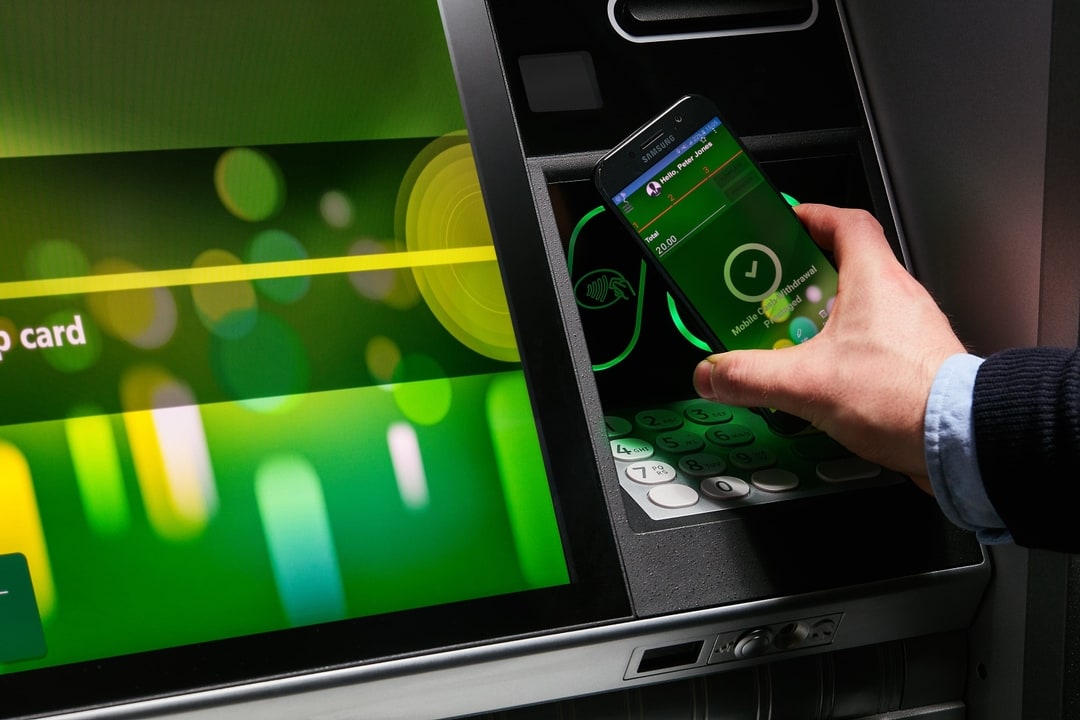AI image analytics – how technology is driving out cost
Published March 25, 2022
Consumers rely on a multitude of payment options – cash, digital, transfers and checks. While check use has continued to decline over the last few years, it’s still an important payment option, used across the world. This makes digital (remote) check deposit more essential than ever. Consumers and businesses want easier ways to fund their accounts, particularly as financial institutions (FIs) continue to close branches.
Check imaging and Remote Deposit Capture (RDC) technology that enables remote check deposit has been around for decades. But their application is increasingly dated and not fit for a digital-first world. Outdated technology delivers a poor customer experience.
Customer use of digital channels grew exponentially during the pandemic and they are now accustomed to banking when and where they want. They expect the service to be quick and easy to use and will quickly become unhappy should the service fail to meet these expectations. No one wants to make multiple attempts, call the FI for support or at worst be forced to visit the branch. This is true inconvenience for time-strapped consumers and small business owners. So, being able to deposit their checks remotely, via their banking app is a real game changer for customers.
Related: How to keep your banking user experience competitive
It’s the same for the FI too. FIs don’t want to have check deposits in the branch. It’s a low -value transaction that’s costly in terms of branch labor – costing 100x more to process in branch than digitally.
What FIs are looking for today is an imaging solution that is as modern, intuitive, and fast as today’s leading banking apps. Any solution needs to work across all channels. This is possible with advances in artificial intelligence (AI), coupled with improvements in machine and deep learning algorithms. FIs can more easily incorporate RDC to their digital offering and improve accuracy – today’s leading imaging software can achieve a 99% recognition rate for check deposits.
This means FIs can drastically simplify their systems. Many FIs layer together multiple imaging systems to work together to achieve maximum recognition rates. Still, for some engines, check recognition rates can be as low as 60%.
The reality is that most existing recognition makes use of neural networks (NN). But newer technology uses deep learning neural networks (DLNN), which are able to see much more detail and handle a lot more variance and variety of data than traditional NNs. That means they can read even more like a human, taking into consideration all sorts of things that would fool a traditional NN and result in a less-accurate performance. Use of DLNNs expands recognition capabilities, for example, by reading data on the payee and memo lines.
Related: Humanizing digital banking through conversational AI
Embracing not only black and white images but also images that support grayscale and color is another way to help boost recognition performance. As always, the more data that can be provided, the better these technologies work.
Even with a 99% accuracy rate from an AI-driven image capture solution, FIs must still manually process the few unidentified checks. Improved recognition reduces this burden, and the FI’s cost to serve. Best of all, FIs can offer more capabilities through digital channels, which meet customer expectations for greater convenience and modern, digital experiences.
With digital transformation one of the top priorities for FIs globally, using the latest imaging technologies means that FIs can enhance the services they offer their customers while also achieving their other strategic objective of reducing operational costs.



